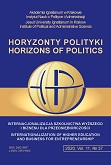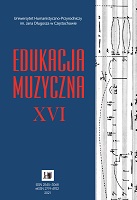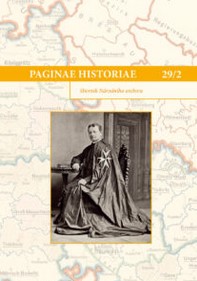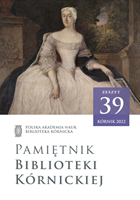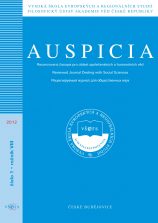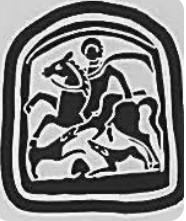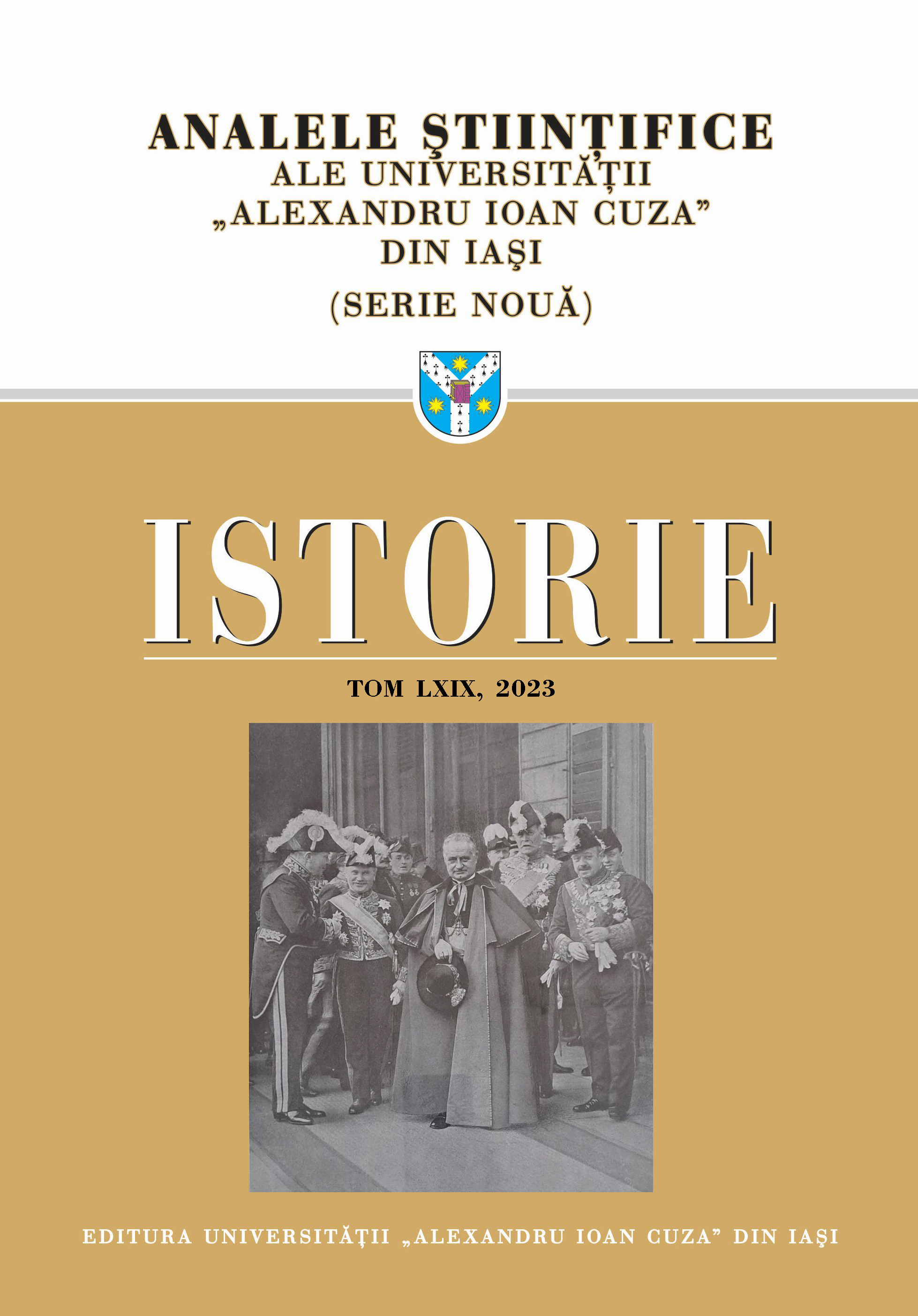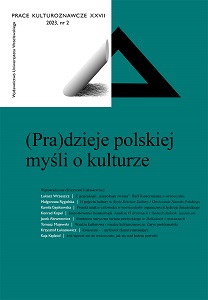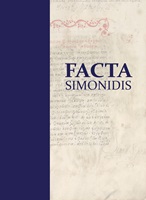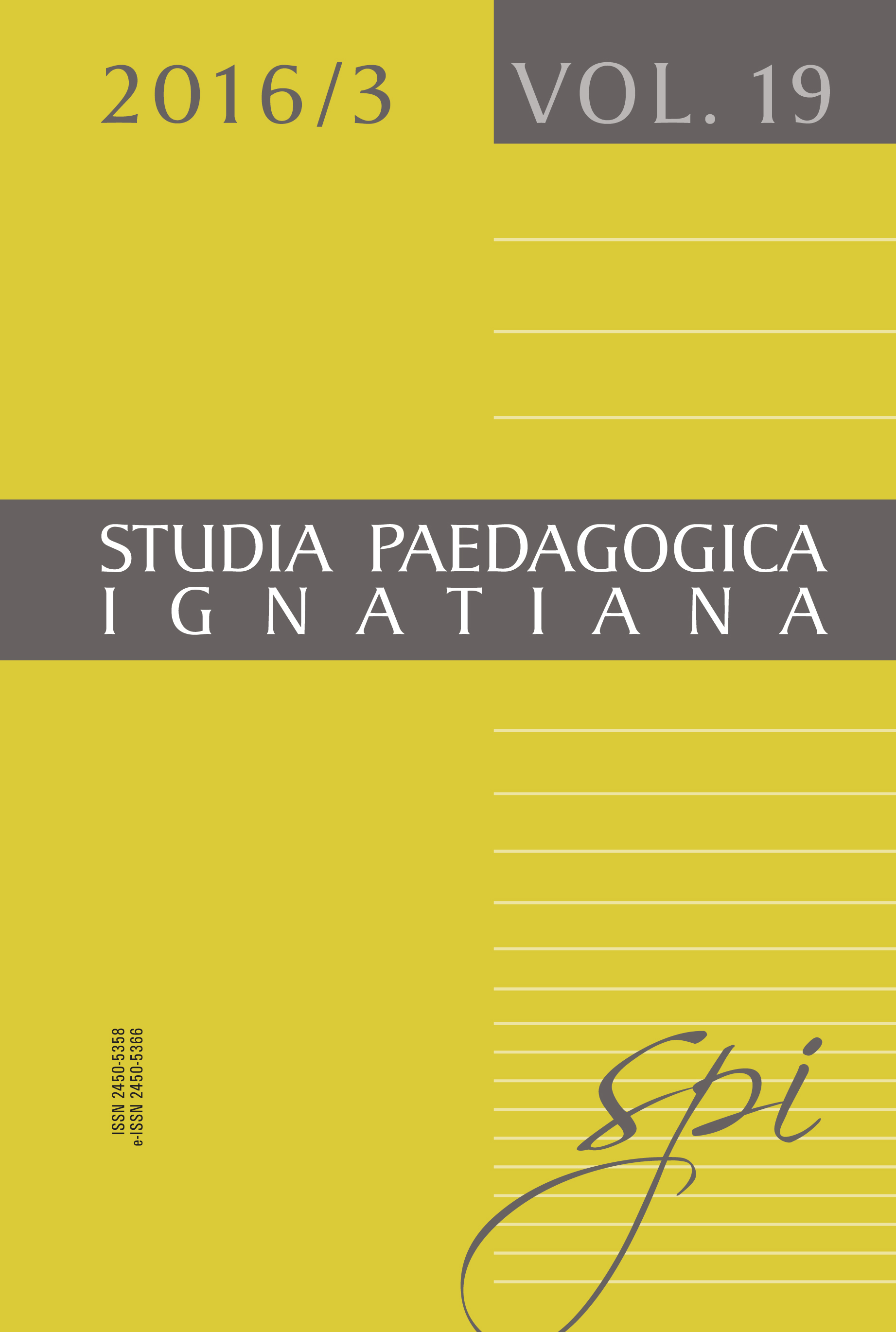
Jezuickie instytucje edukacyjne w Orszy 1773–1820
The aim of the article, describing the functioning of Jesuit educational institutions, in the years 1773–1820, in Orsha, the poviat town located by the Dnieper, is to present the phenomenon of the survival and continuation of educational and pedagogical activities at the time of a serious institutional crisis. On the one hand, for the above-mentioned institutions, the crisis was connected with the collapse of the Polish statehood and its incorporation into the structure of a foreign state. On the other hand, it was related to the perturbations caused by a futile attempt to completely abolish the organisation responsible for its functioning until then. Taking advantage of preserved archival materials as well as of the scarce literature on the subject matter, the author reconstructs the subsequent forms of functioning of particular institutions – the Jesuit public school, music dormitory, landed gentry boarding school, teacher training college for Jesuit clerics and a year course for nunnery formation, the so-called third probationary period. Owing to the type of the available source material, the article concentrates mainly on the school ran by Jesuits since 1618, focusing among other things on its material basis, the number of students, the teaching staff, on the changes in the curricula as well as the reasons for these changes, and also on accomplished educational results. The further part of the article presents the objectives set for the remaining institutions, methods of their implementation and the scope of their functioning, as well as the people responsible for task fulfillment in particular institutions. The educational activity of Jesuits in Orsha was irreversibly terminated as a result of their expulsion in 1820 and the institutions themselves did not survive even a decade once their new administrators were in charge. However, after centuries, the memory of former institutions dedicated to education and upbringing unexpectedly returned to the public space in the form of the reconstructed trace – the adapted buildings which were erected from ruin.
More...
